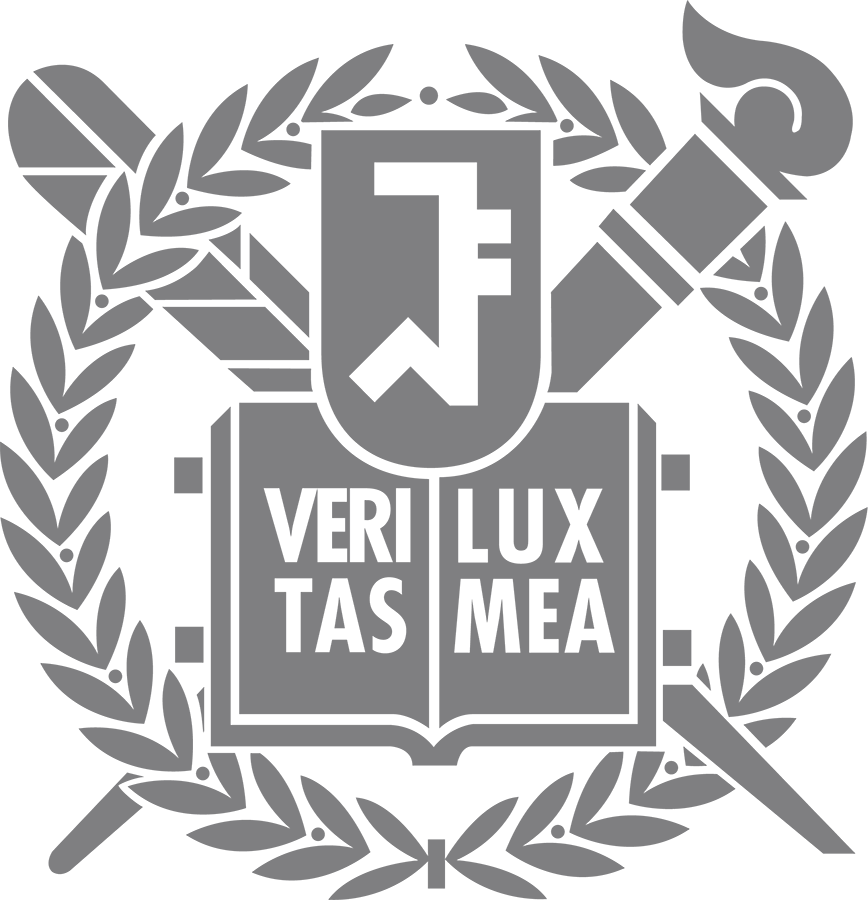Seminar and Event
Some systems theoretic aspects of computer-aided surgery and structural biology
Seminar Date
2007-01-05
Author
박심령
Date
2007-01-02
Views
1822
1. 제 목 : Some systems theoretic aspects of computer-aided surgery and structural biology
2. 연 사 : 박 우 람 박사 (Department of Mechanical Engineering, Johns Hopkins University)
3. 일 시 : 2007년 1월 5일 (금) 11:00 - 12:00
4. 장 소 : 301동 1512호
5. 내 용 :
Part I : Flexible needle steering in minimally-invasive computer-integrated surgery Surgical robots have begun to be used in practice. They enable elaborate operations, surgeon training, tele- operation and even entirely new kinds of surgeries. Recently, long and flexible needles have started to be used in computer-integrated surgery for minimally invasive biopsy or therapy delivery. We are developing mathematical and robotic tools for analysis of the long and flexible needles. We have developed a path panning algorithm by diffusion modeling. This approach utilizes robot kinematics, statistics and stochastic modeling. Inspired by the existence of the error in the real system, we included the error in model of the system and used the resulting distribution of repeated paths to generate the optimal path.
Currently, we are developing a method to estimate the intrinsic covariance using the repeated insertion. The intrinsic covariance is path-invariant and can be used to estimate the overall distribution of the new path of the needle.
Part II : Systems theoretic tools for determining protein structure Proteins perform biological functions by binding with other proteins and undergoing conformational changes based on their structure and composition. Therefore, obtaining the 3D shape of a protein structure is a cornerstone of revealing the proteins function. I am focusing on mathematical and computational research aimed at extending the power of NMR and Cryo-EM methods. Measuring residual dipolar couplings (RDCs) of a protein is a relatively new method in NMR. The information of RDCs represents N-H (Nitrogen-Hydrogen) bond vectors in the backbone of a large protein. Since the information is orientational and global, it is complementary to classical NMR. The complete interpretation of the measurements is our goal. Based on the physics of NMR, we are developing the mathematical tool for the interpretation of RDC experimental data. Cryo EM (electron microscopy) method gives straightforward projected images of proteins. Our goal is to reconstruct the 3D image from these projections. Since the reconstruction is an extension of classical tomography, the 3D reconstruction utilizes image processing techniques, medical imaging methods and mathematical modeling of images.
6. 연사약력 :
Wooram Park received his BS and MS degrees in mechanical engineering from Seoul National
University, and is currently completing his Ph.D. in mechanical engineering at the Johns Hopkins University. His current research focuses on the analysis and development of needles used in surgical robots, and mathematical approaches to structural biology.
7. 문 의 : 기계항공공학부 박종우 교수(☏ 880-7133)
2. 연 사 : 박 우 람 박사 (Department of Mechanical Engineering, Johns Hopkins University)
3. 일 시 : 2007년 1월 5일 (금) 11:00 - 12:00
4. 장 소 : 301동 1512호
5. 내 용 :
Part I : Flexible needle steering in minimally-invasive computer-integrated surgery Surgical robots have begun to be used in practice. They enable elaborate operations, surgeon training, tele- operation and even entirely new kinds of surgeries. Recently, long and flexible needles have started to be used in computer-integrated surgery for minimally invasive biopsy or therapy delivery. We are developing mathematical and robotic tools for analysis of the long and flexible needles. We have developed a path panning algorithm by diffusion modeling. This approach utilizes robot kinematics, statistics and stochastic modeling. Inspired by the existence of the error in the real system, we included the error in model of the system and used the resulting distribution of repeated paths to generate the optimal path.
Currently, we are developing a method to estimate the intrinsic covariance using the repeated insertion. The intrinsic covariance is path-invariant and can be used to estimate the overall distribution of the new path of the needle.
Part II : Systems theoretic tools for determining protein structure Proteins perform biological functions by binding with other proteins and undergoing conformational changes based on their structure and composition. Therefore, obtaining the 3D shape of a protein structure is a cornerstone of revealing the proteins function. I am focusing on mathematical and computational research aimed at extending the power of NMR and Cryo-EM methods. Measuring residual dipolar couplings (RDCs) of a protein is a relatively new method in NMR. The information of RDCs represents N-H (Nitrogen-Hydrogen) bond vectors in the backbone of a large protein. Since the information is orientational and global, it is complementary to classical NMR. The complete interpretation of the measurements is our goal. Based on the physics of NMR, we are developing the mathematical tool for the interpretation of RDC experimental data. Cryo EM (electron microscopy) method gives straightforward projected images of proteins. Our goal is to reconstruct the 3D image from these projections. Since the reconstruction is an extension of classical tomography, the 3D reconstruction utilizes image processing techniques, medical imaging methods and mathematical modeling of images.
6. 연사약력 :
Wooram Park received his BS and MS degrees in mechanical engineering from Seoul National
University, and is currently completing his Ph.D. in mechanical engineering at the Johns Hopkins University. His current research focuses on the analysis and development of needles used in surgical robots, and mathematical approaches to structural biology.
7. 문 의 : 기계항공공학부 박종우 교수(☏ 880-7133)

